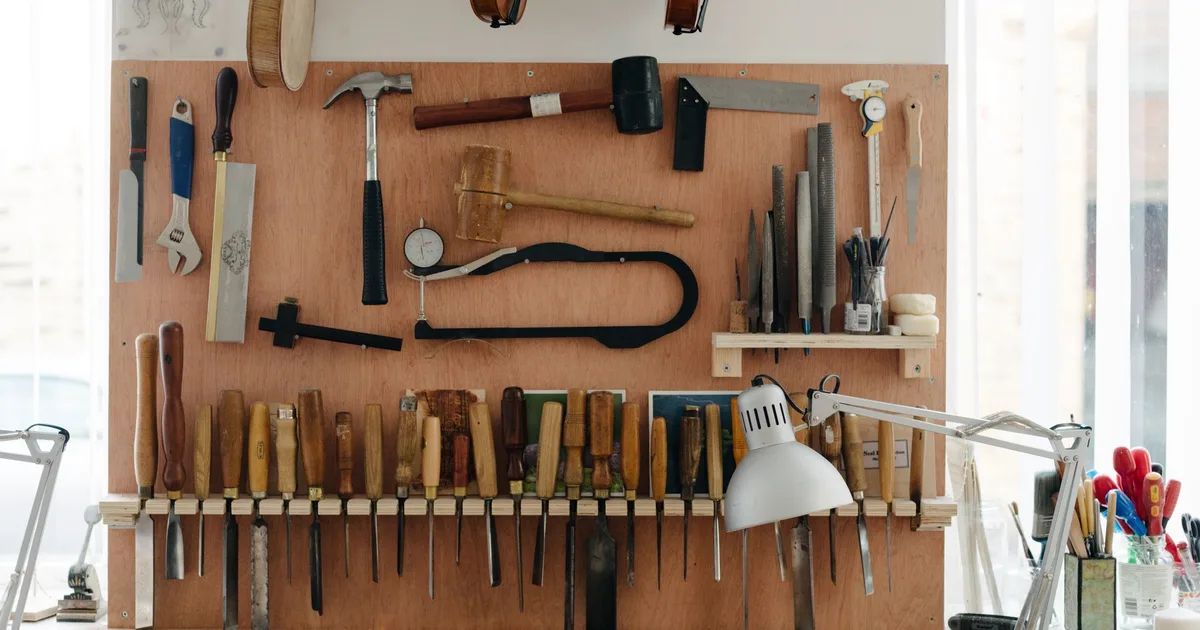

These days, grime music is everywhere. The genre has been embraced by the mainstream – so much so that Stormzy is now a headline act at Glastonbury. But like so many musical genres, it stemmed from humble DIY beginnings.
The pioneering artist Wiley sold records from the boot of his car, and so much of the pivotal music from the genre spread through homemade pirate radio stations and independent record labels. It’s a story we’ve heard before: grime’s spiritual predecessor, punk, was born in grotty sweatbox venues, promoted with hand-scrawled flyers, and played by kids who barely knew three chords.
That do-it-yourself ethos has resulted in some of contemporary music’s most important cultural movements. Record labels have been started from bedrooms, home studios assembled in flats, and era-defining raves organised in abandoned warehouses.
A natural extension of this mentality is to take things one step further: to explore the possibilities of not only making music independently, but to create the instruments, tools and machines needed to make that music in the first place. And as technology advances and modern working life becomes more flexible, more and more people are exploring the possibilities of creating their own instruments – be it for pleasure, or for business.
If you saw the glam-punk band Pink Grease in the mid-00s, you may have seen Nick Collier with a weird flashing synth machine strapped around his neck emitting pulses and bleeps (you may even have seen him pull out a soldering iron when one of his homemade creations broke mid-gig). Meanwhile, Neil Heppleston spends his days building and hand carving double basses in West Yorkshire; Thomas Tietzsch-Tyler can be found in Sheffield making bespoke electric guitars; while Daniel Skevington uses his free time to make everything from a custom modular synth to play on stage, to pedals and drum kits.
Here, the four craftsmen talk us through the how, what and why of being a DIY instrument maker.
“I’ve never been a very good musician. I was more interested in creating instruments than playing them. I liked the sounds and tones, and the science of tuning.
I started building wacky acoustic instruments at University in Sheffield: putting guitar strings on tree branches, or making a hurdy-gurdy that was powered by a foot pedal, like an old fashioned sewing machine. For my final project I made a big installation out of found objects and junk, like a giant walk-in musical instrument inspired by animatronics and instruments that play themselves.
I soon started making electronic instruments. I initially made it up as I went along, in a very chaotic way. I joined the band Pink Grease and had to make something that I could actually pick up and put in a van and play gigs with. I moved more from creating works of art to practical instruments. It was very frustrating at first because I didn’t have any background in electronics. It was a bit of a nightmare – more like torture at times.
The first machine I made in the band was very heavy and built into a giant frame that took three people to carry. Then I made something more portable called The Beast. It took a year to make. I was making it in hotel rooms on tour, filing bits of metal and polishing plastic after gigs. I moved from making wacky noises to something that was more emotionally engaging and melodic.
I’ve made lots of machines and creations. The Swedish electronic band The Knife commissioned me to make them something based on a machine I created called The Harmonicon. I’ve not been as productive these last few years because I’m a single parent but I have some new designs and I also created a mini-version of The Beast called a Chaos Engine that I make to order.”







